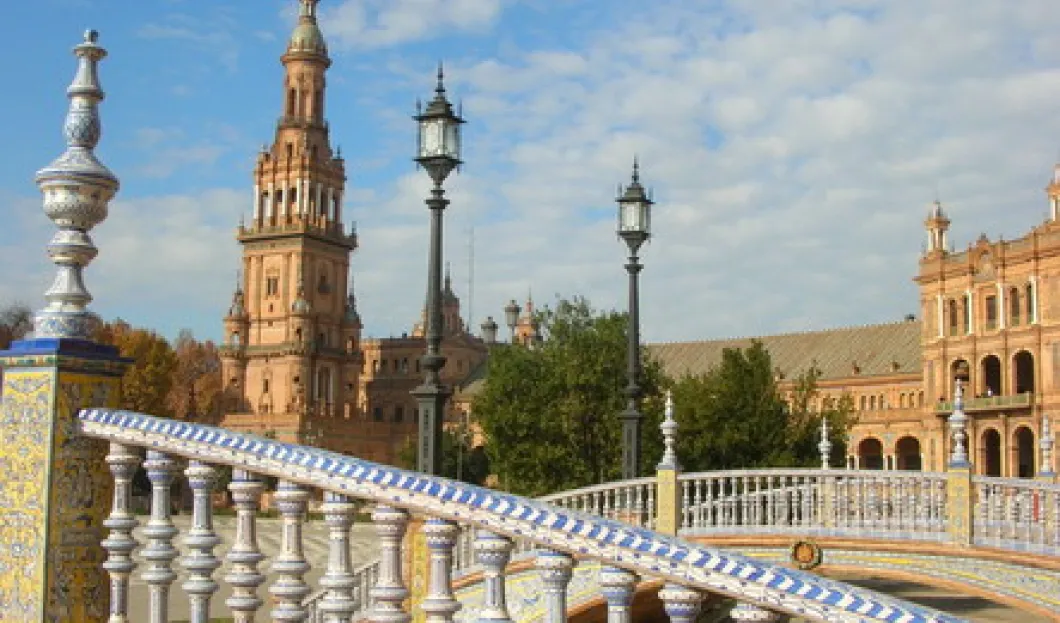
The new Watch List of World Monuments Fund has been issued. Machu Picchu, Phajoding, or Gingerbread Houses of Port-au-Prince are among 93 sites chosen by the Fund to draw attention of the public to their status.
A new list by World Monuments Fund has been recently announced by the organization’s president Bonnie Burnham. The World Monuments Watch 2010 presents 93 endangered sites located across the globe in 47 countries. Among the threats to the places are present or potential neglect, vandalism, war, disaster or e.g. rapid urban development.
The aim of the 2010 Watch List is according to its authors to draw attention of wider public to the sites at risk pointing out the importance of balance between heritage concerns and social, economic, and environmental interests of communities.
Issued every two years, the list is compiled by an international panel of experts that chose for the 2010 edition for instance the renowned Peruvian site, Machu Picchu, or Phajoding, a monastery high in the mountains of Bhutan. Japanese traditional townhouses from the early 1600s called machiya in Kyoto are also on the list because of the imminent threat of being replaced by new constructions. In Spanish Seville, a proposed commercial tower threatens to damage the iconic landscape of the city.
On the other hand, Gingerbread Houses of Port-au-Prince on Haiti suffers because of the unstable political situation and poverty. The list however does not include only ancient sites – there are for example 9 sites from the US including Taliesin and Taliesin West.
The World Monuments Watch is not just an academic activity as it has real results. Not only has it helped the sites to obtain the needed funds but also to prevent destruction of many of the world’s cultural heritage. A Japanese port town of Tomo could lose its historic character because a landfill and a bridge planned to be built there. The listing of the town helped to draw attention to the site and as a result the Japanese courts canceled the construction.
World Monuments Watch 2010
Best-Known Sites: Al Hadba’ Minaret in Mosul, Iraq; Machu Picchu, Peru; the historic landscapes of Seville and Toledo, Gaudi’s Sagrada Familia in Barcelona, pilgrimage route of Santiago de Compostela; Taliesin, Taliesin West, and Taos Pueblo, USA.
Oldest Site: Human activity at Wonderwerk Cave in South Africa dates back some 2 million years.
Most Recent Site: The Atlanta-Fulton Central Public Library in Atlanta, Georgia, USA, was commissioned in 1969 and finished in 1980.
20th-Century Sites:
Wiener Werkbundsiedlung, Vienna, Austria
Santorium Joseph Lemaire, Tombeek, Belgium
New Gourna Village, Luxor, Egypt
Las Pozas, Xilitla, Mexico
Sagrada Familia, Barcelona, Spain
Corozal Cemetery, Panama City, Panama
Tecton Buildings at Dudley Zoological Gardens, Dudley, UK
Miami Marine Stadium, Miami, Florida, USA
Phillis Wheatley Elementary School, New Orleans, Louisiana, USA
Taliesin, Wisconsin, USA
Taliesin West, Arizona, USA
The Atlanta-Fulton Central Public Library, Georgia, USA
The Merritt Parkway, Connecticut, USA
Facultad de Arquitectura y Urbanismo, Universidad Central de Venezuela, Caracas, Venezuela
Parque del Este, Caracas, Venezuela
U.S. Sites:
Cultural Landscape of Hadley, Massachusetts
Miami Marine Stadium, Florida
Phillis Wheatley Elementary School, New Orleans, Louisiana
St. Louis Cemetery No. 2, New Orleans, Louisiana
Taliesin, Spring Green, Wisconsin
Taliesin West, Scottsdale, Arizona
Taos Pueblo, New Mexico
The Atlanta-Fulton Central Public Library, Georgia
The Merritt Parkway, Connecticut











As a journalist, I have been concerned about the eco-tourism.
I would very much like to discuss possibilities of filming these monuments before these start falling apart.
May all like minded people get on touch with me to discuss what's the best way to go about it. All inputs would be credit for.
Best wishes.